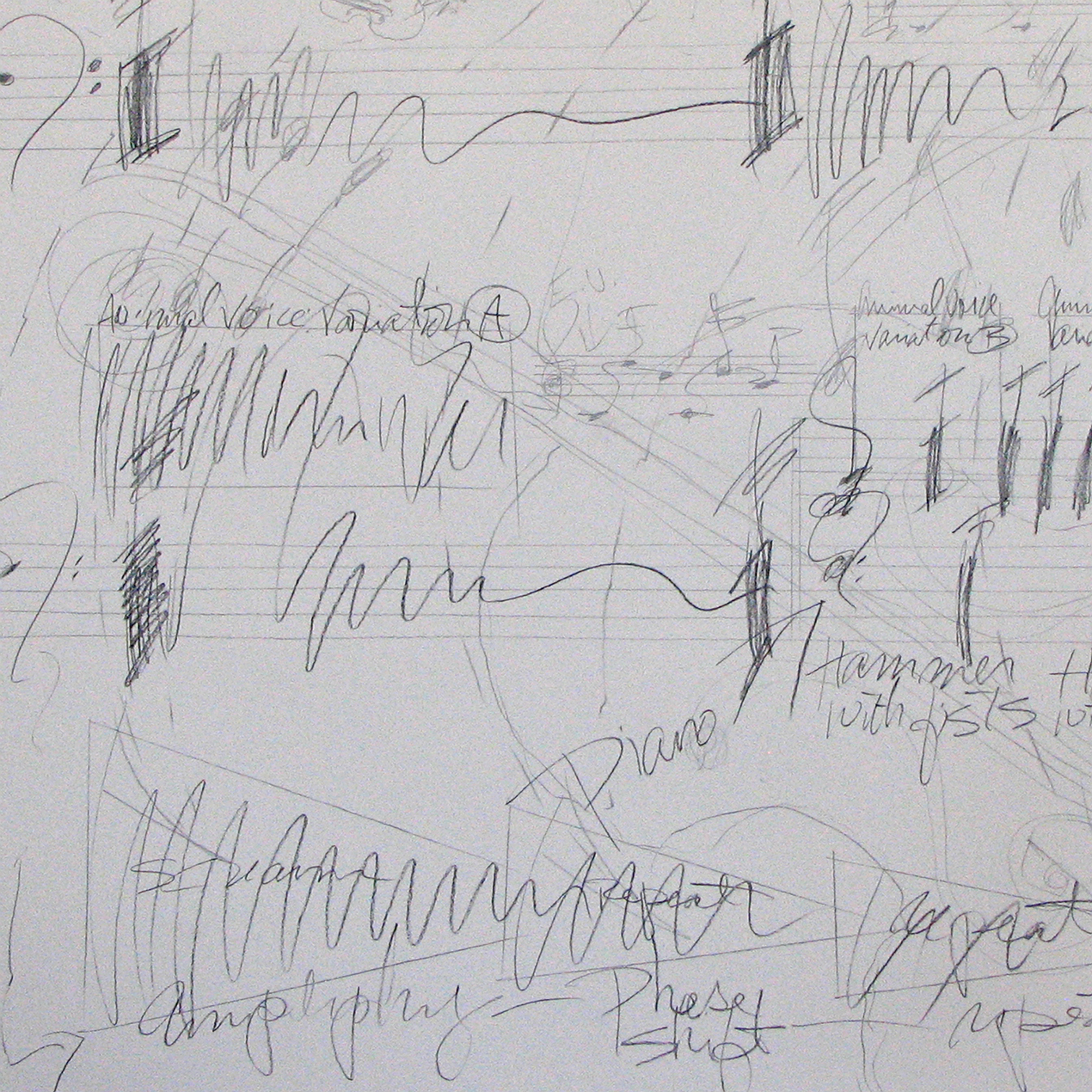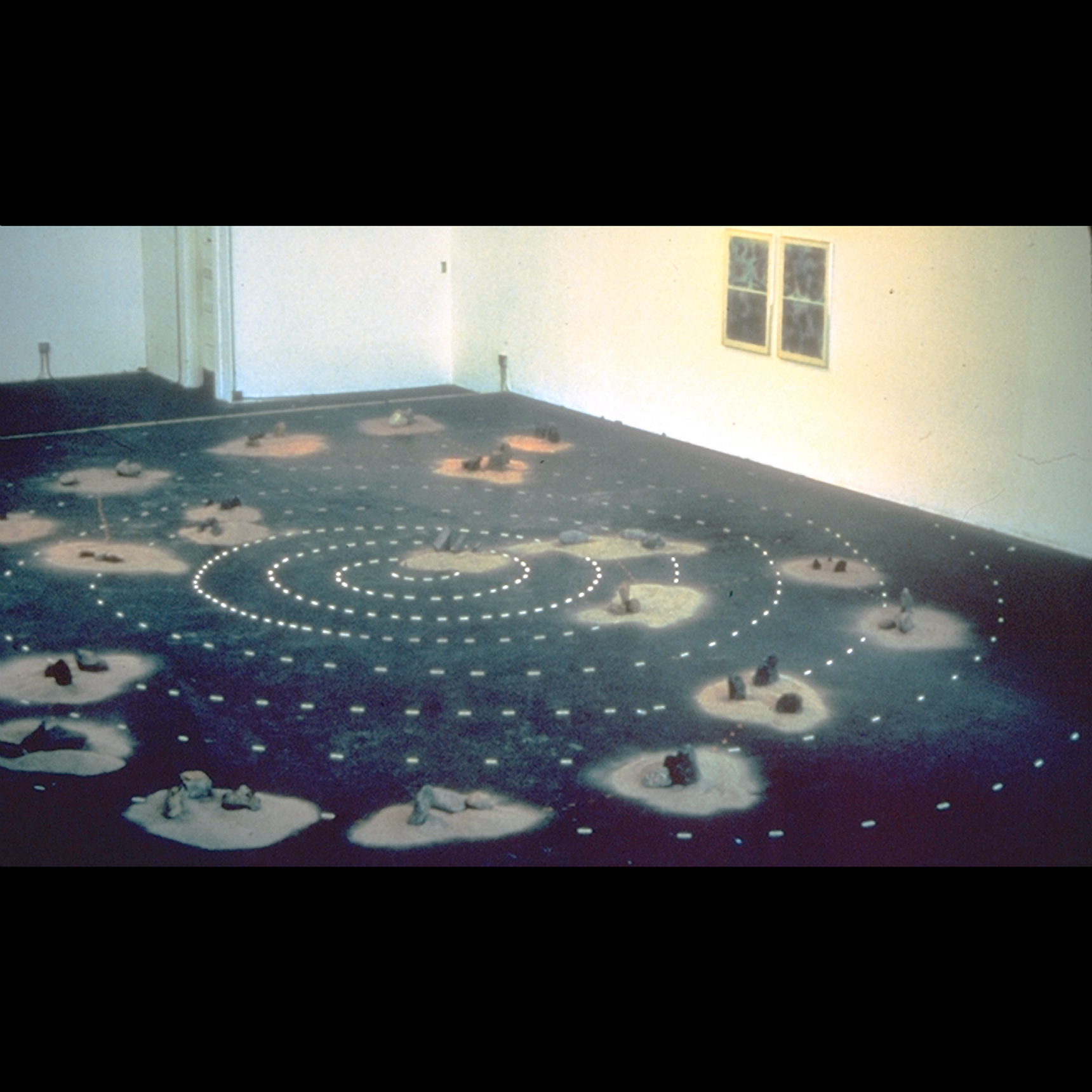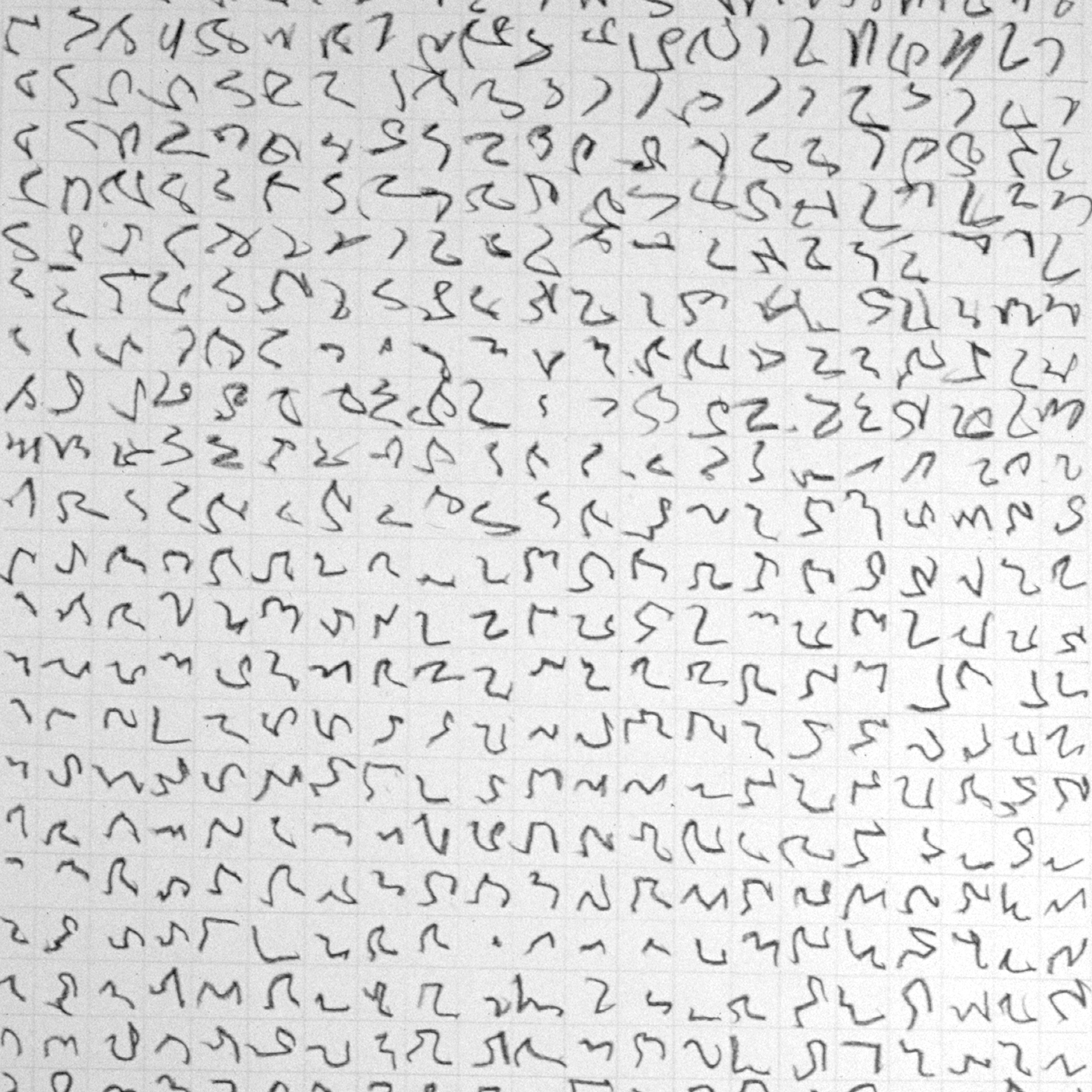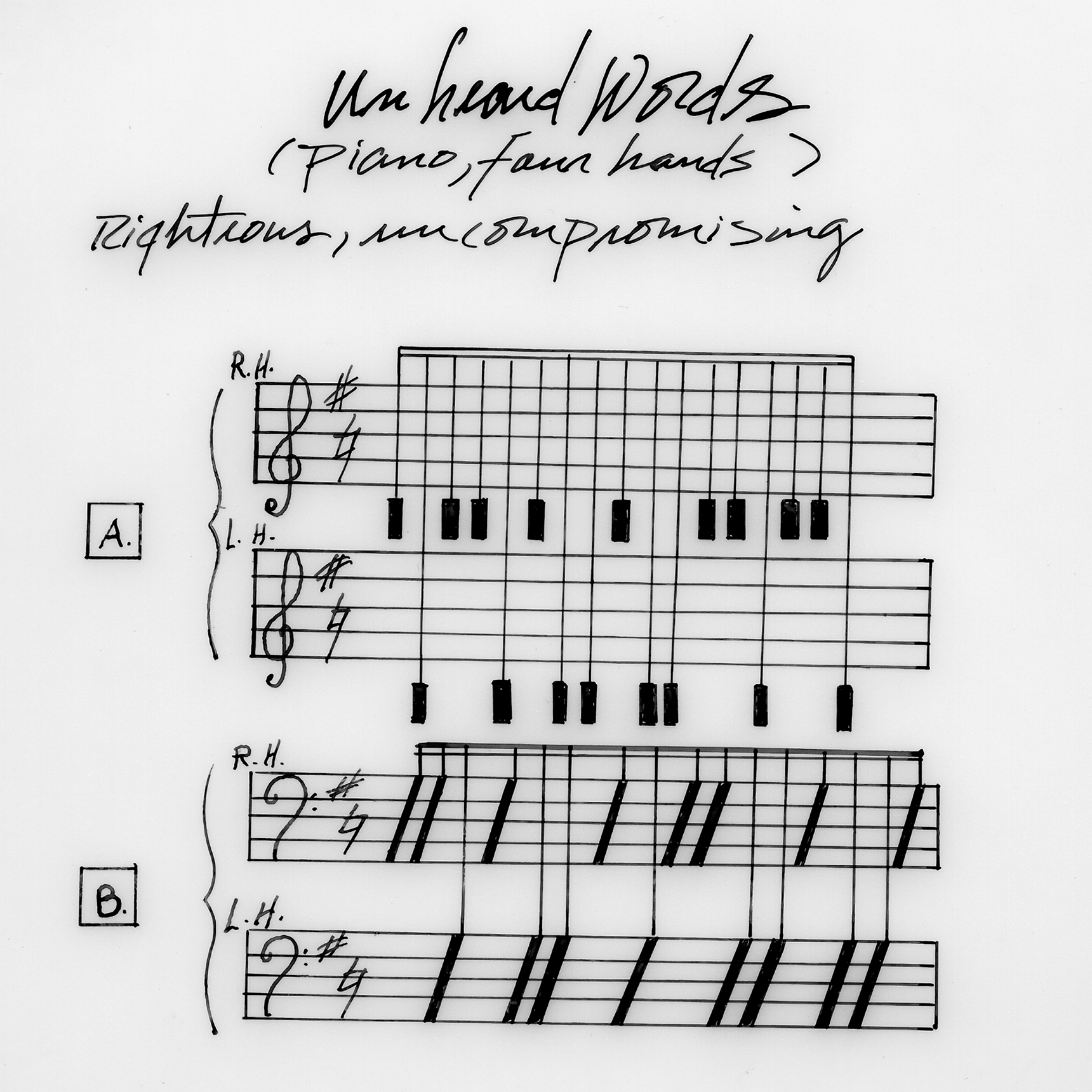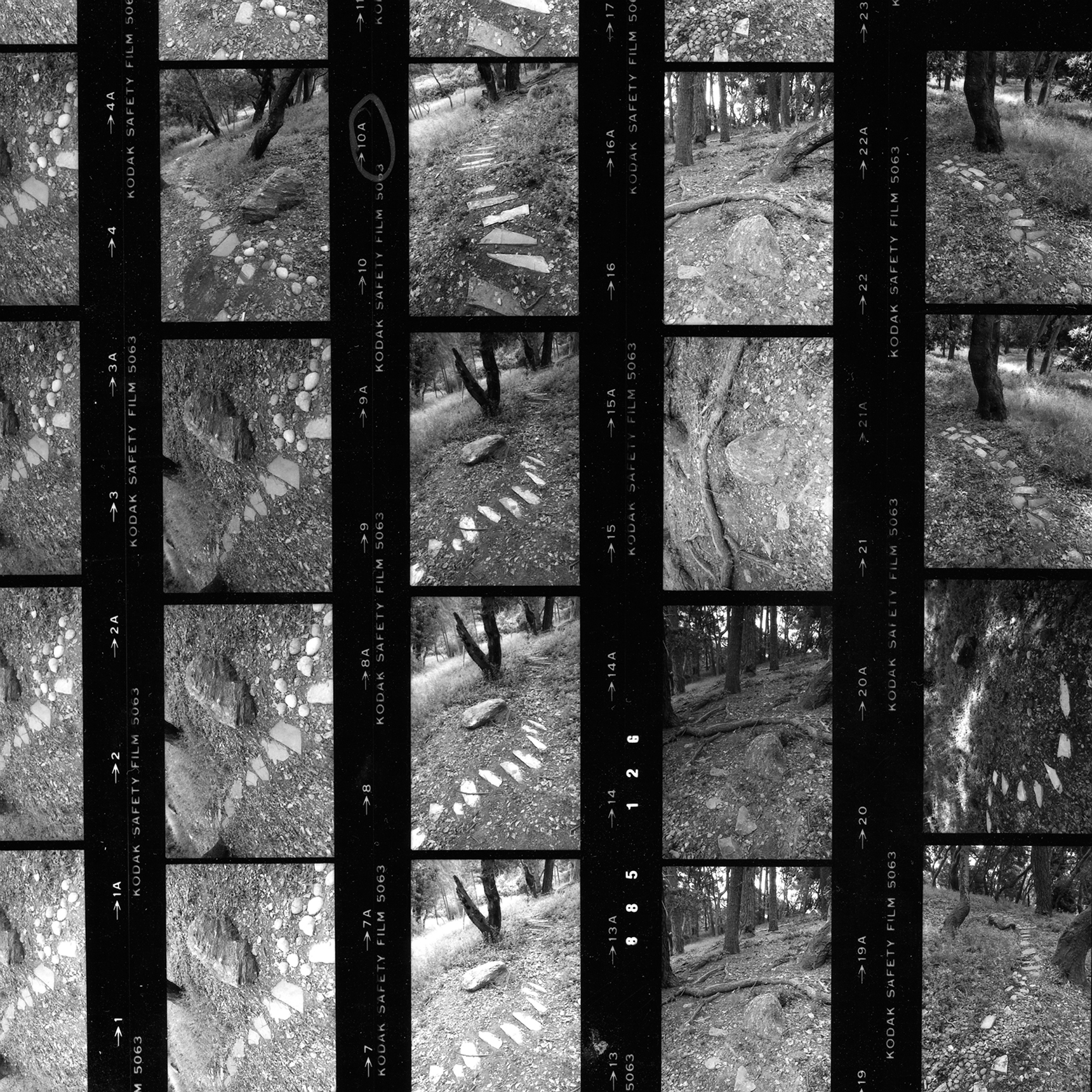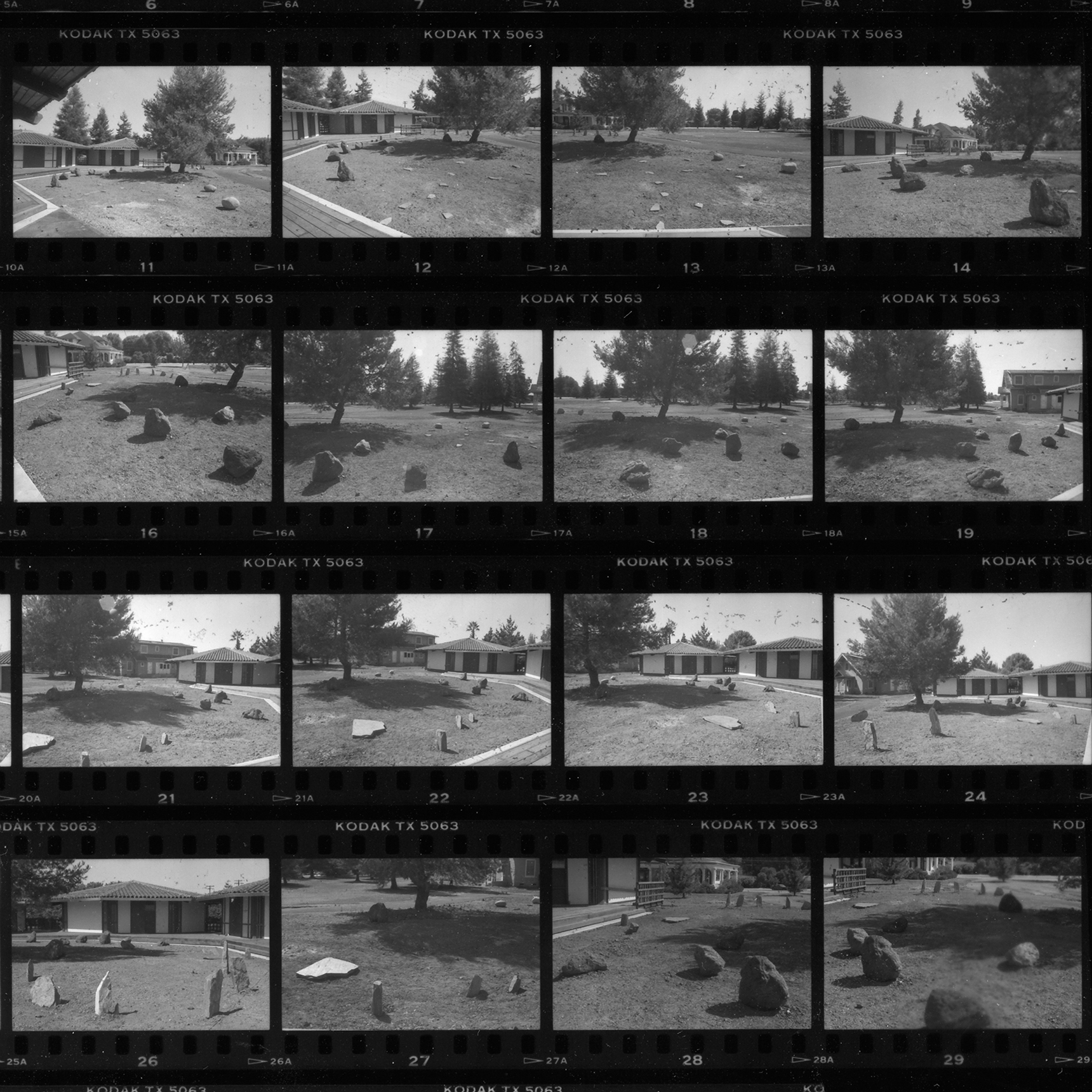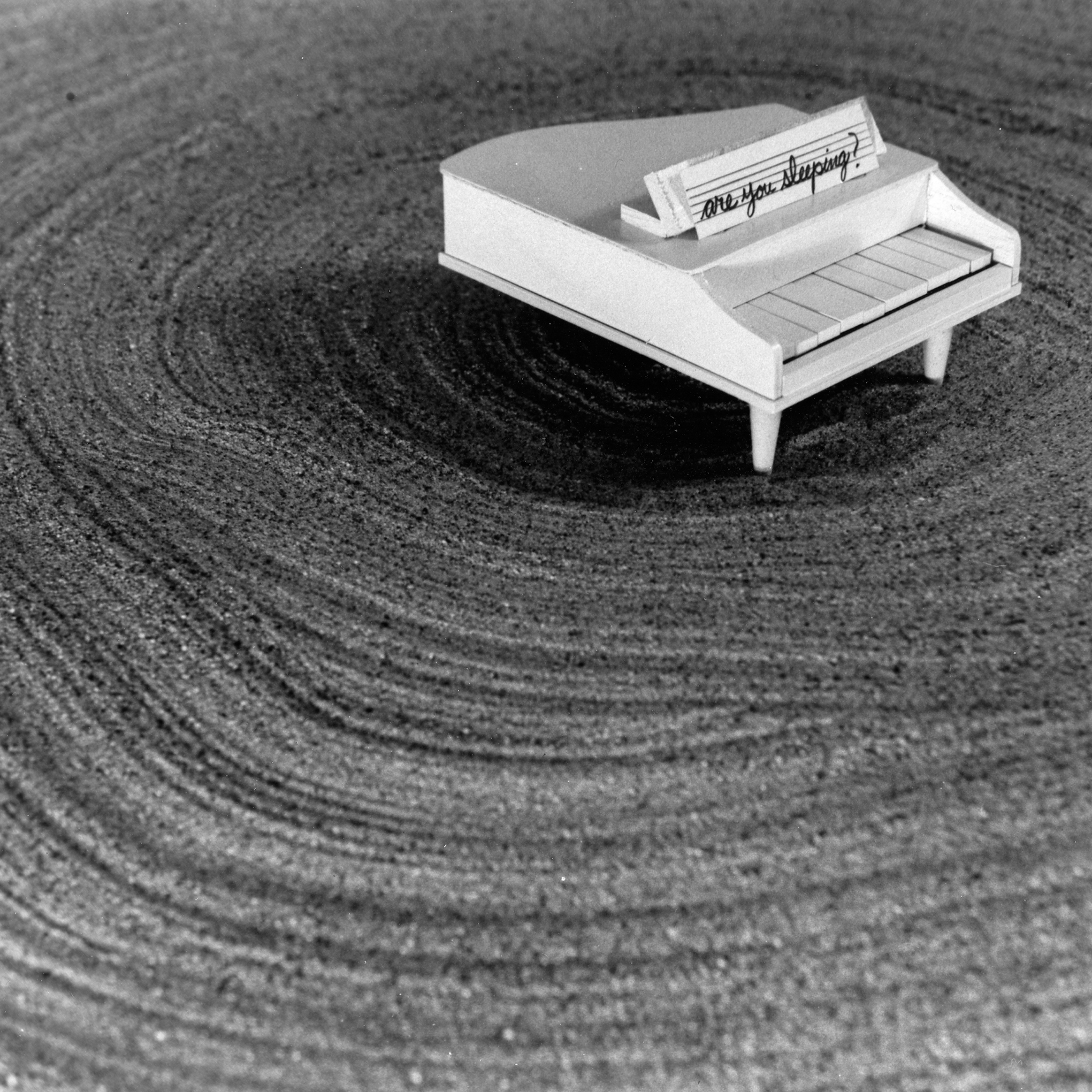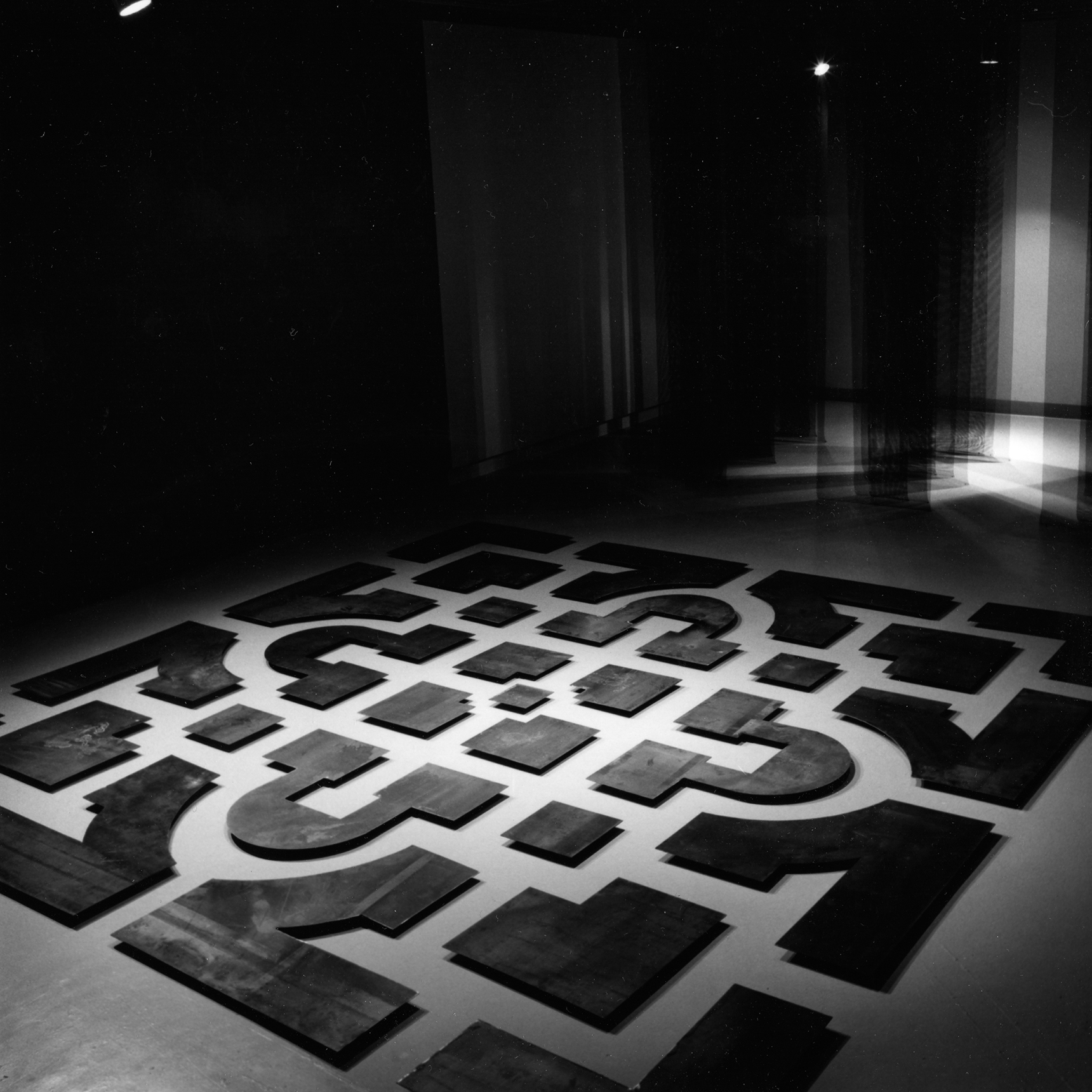Souvenir 2
2.1
“Death Songs – Performance Scores. 1 of 8 drawings.” Performance Score. Intersection for the Arts, San Francisco, California. 1989. 50-A Bannam Street, San Francisco, California. 1982
This score was first created in 1977. First exhibited at 50-A Bannan Street Gallery. It was finally adapted as part of the “Fin again(s) Wake” exhibition at Intersection for the arts in 1989.
2.2
“Private Garden.” Southern Exposure Gallery. San Francisco, CA. 1980. A Performance Score and installation.
2.3
“Fantastic Garden.” Southern Exposure Gallery. San Francisco, CA. 1979. A Performance Score and installation. First Exhibition in San Francisco
2.4
“Death Songs – Performance scores. 1 of 8 drawings.” Intersection for the Arts, San Francisco, California. 50-A Bannam Street, San Francisco, California. New Space Drawing Show. New Space Gallery. New Orleans, LA 1977.
2.5
“Garden.” Lawson Galleries, San Francisco, CA. 1982. Digital scan of photo contact sheet showing 4 views of the interior installation. A surveillance camera presented the interior gallery from an outside room. A print of the famous photograph of the self-immolating Buddhist priest hung along side of the surveillance monitor.
2.6
“Garden.” Lawson Galleries, San Francisco, CA. 1982. Image of a Buddhist priest, self-immolating in protest of the Vietnam war was used for the invitation to the exhibition.
2.7
“Unheard Words.” Performance score. 1 0f 28 drawings. From: “Phases of the Moon. “ 28 performance scores and earthwork. Falkirk Cultural Center. San Raphael, CA. 1985. 28 performance scores were put together as an artist book that accompanied an earthwork/installation at Falkirk.
2.8
“Phases of the Moon. “ 28 performance scores and earthwork. Falkirk Cultural Center. San Raphael, CA. 1985. 28 performance scores were put together as an artist book that accompanied an earthwork/installation at Falkirk. The image is a digital scan of a contact sheet of photographs of the installation. The piece was a set of 8 bolders—each representing a phases of the moon—that were placed along a path behind the Art Center.
2.9
“Willits—Within and Without You.” Installation. Triton Museum of Art. Santa Clara, California. 1985. Digital scan of a contact sheet of photographs of the exterior installation at Triton Museum. The piece was composed of 2 installations: an interior garden and set of performance scores and and exterior garden. The elements of the interior garden were moved once a week to represent the movement of the stars as they moved hourly through the night sky. The exterior garden represented the position of the stars above California at sunset during the 2 months of the exhibition.
2.10
“Death Songs.” Detail of installation. 50-A Bannan Street. San Francisco, CA. Two installations were made for this exhibition. “Death Songs,” was a set of 8 performance scores and accompanied an installation of 8 white toy pianos on beds of raked sand. This image is one of the toy pianos from the installation. There is no photo of the second installation called “Protheus.”
2.11
“Wild Flowers.” Performance score. 1 0f 28 drawings. From: “Phases of the Moon. “ 28 performance scores and earthwork. Falkirk Cultural Center. San Raphael, CA. 1985. 28 performance scores were put together as an artist book that accompanied an earthwork/installation at Falkirk.
2.12
“Danteum.” Installation. Richard L. Nelson Gallery, U.C. Davis, Davis, California. 1986. Kala Institute, Berkeley, California. 1986. The image is of the central feature of the installation that was a 17 x 17’steel parterre, raised 3 inches from the floor with a sound element of a woman’s voice. The steel garden was an imaginary public work that was created for a building that was never built that commemorated Mussolini’s rise to power. Fashioned after Dante’s “Divine Comedy,” the building leads the pilgrims through Hell, to Purgatory and eventually to the great Hall of the Spirit, which was an emblem of Mussolini and the Fascist State.
